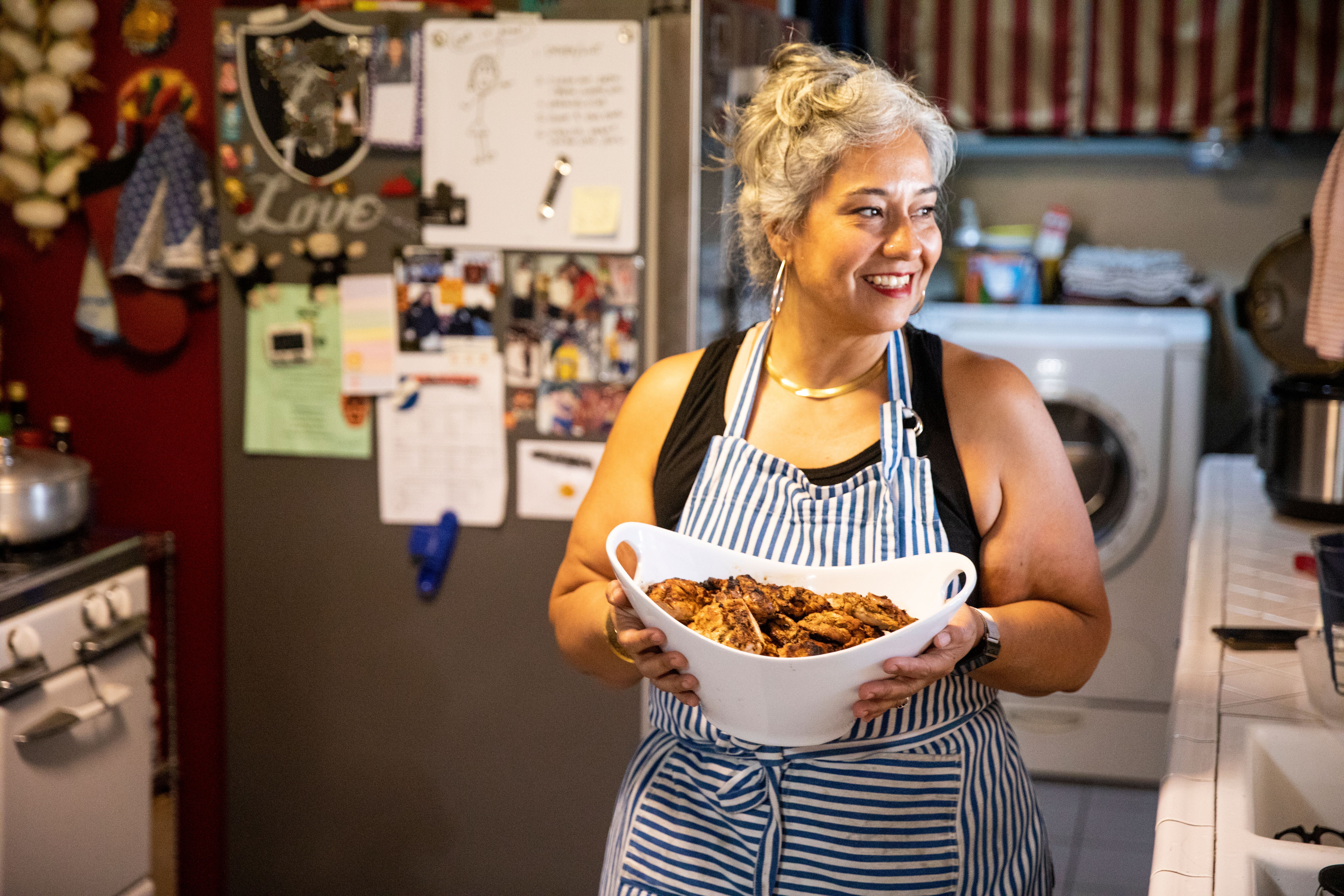Exploring the Rich Flavors of Heritage Kitchens
Discovering the Essence of Heritage Kitchens
In a world where modern culinary trends dominate, the timeless allure of heritage kitchens remains unparalleled. These kitchens, rich in tradition and history, offer an authentic taste of cultural identity. Exploring heritage cuisines is not just about savoring diverse flavors but also about appreciating the stories and techniques passed down through generations.
Heritage kitchens are a treasure trove of flavors that reflect local ingredients and cooking methods honed over time. These kitchens are often the heart of a home, where families gather to share meals and create memories. The dishes prepared here are more than just food; they are a celebration of culture and tradition.

The Art of Traditional Cooking Techniques
One of the most fascinating aspects of heritage kitchens is the traditional cooking techniques employed. From slow-roasting meats on an open fire to fermenting vegetables for months, these methods enhance flavors and preserve the nutritional value of ingredients. Techniques such as clay pot cooking, stone grinding, and sun-drying are still cherished in many cultures, offering a distinct taste that modern appliances cannot replicate.
For instance, in many Asian cultures, steaming is a preferred technique that retains the natural flavors and nutrients of food. Similarly, Mediterranean cuisines often utilize olive oil in slow-cooked dishes to infuse rich flavors. Understanding these techniques provides insight into the culinary heritage and its impact on regional diets.
Ingredients That Tell a Story
Ingredients play a pivotal role in defining the essence of heritage kitchens. Often locally sourced and seasonal, these ingredients are chosen for their quality and flavor. Spices, herbs, grains, and legumes form the backbone of many traditional dishes, each with its own story to tell. For example, saffron, known as "red gold," is a prized ingredient in Persian cuisine, symbolizing opulence and heritage.
Moreover, the use of indigenous ingredients highlights the connection between people and their land. It reflects how communities adapt to their environment, using what's available to create nourishing and flavorful meals. This connection fosters a sense of belonging and pride in one's cultural roots.

Preserving Culinary Traditions
With globalization influencing food choices worldwide, preserving culinary traditions has become more crucial than ever. Heritage kitchens serve as a bridge between the past and present, reminding us of our roots while inspiring future generations to cherish these age-old practices. Many communities have started initiatives to document recipes and cooking techniques to ensure their survival.
Engaging with heritage kitchens is not only about taste but also about understanding the socio-cultural narratives they carry. Cooking classes, food festivals, and cultural exchanges are excellent ways to immerse oneself in these traditions and appreciate their significance.
The Global Influence of Heritage Kitchens
Heritage kitchens have also left an indelible mark on global cuisine. As people migrate, they bring along their culinary traditions, enriching the food landscape of their new homes. This blending of flavors has given rise to fusion cuisines that pay homage to their roots while embracing contemporary influences.
The rise of food tourism has further fueled interest in heritage kitchens. Travelers often seek out authentic culinary experiences that offer a taste of local culture. By exploring heritage kitchens worldwide, one can embark on a gastronomic journey that transcends borders and unites people through shared flavors.

In conclusion, exploring the rich flavors of heritage kitchens is a journey into the heart of cultural identity. These kitchens offer more than just food; they provide a profound connection to our history and traditions. By preserving these culinary practices, we ensure that future generations can continue to enjoy and learn from these time-honored traditions, keeping the spirit of heritage alive.
